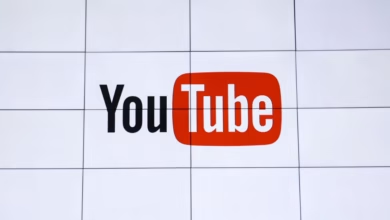Short-Form Videos Like TikTok Are Taking Over Businesses

▼ Summary
– Companies are increasingly adopting short-form video (like TikTok-style content) to communicate with employees and customers.
– Enterprises must be cautious when using AI- or user-generated video tools, as rules differ from casual social media use.
– Short, digestible video content is rising in corporate workplaces due to its engaging nature, according to Gartner analyst Forest Conner.
– Video is seen as a more effective way to share corporate information and manage time compared to traditional methods.
– Video allows companies to “show, not tell,” making complex or practical information easier to convey than written formats.
Short-form videos are transforming how businesses communicate, with platforms like TikTok setting the standard for quick, engaging content. Companies are rapidly adopting this format to share information with employees and customers, but experts warn that corporate use requires careful strategy compared to casual social media posting.
The shift toward bite-sized video content reflects a broader trend in workplace communication. Forest Conner, a senior director at Gartner, notes that businesses increasingly rely on short clips to deliver messages efficiently. “Video captures attention better than text and simplifies complex ideas,” he explains. This approach aligns with the storytelling principle of showing rather than telling, making abstract concepts tangible through visuals.
However, integrating user-generated or AI-assisted video content into corporate workflows isn’t as straightforward as posting on personal accounts. Organizations must navigate legal, branding, and security concerns that don’t apply to individual creators. While the format offers clear advantages in engagement and time management, companies should implement tools thoughtfully to avoid missteps.
The appeal lies in video’s ability to break down barriers. A well-produced clip can replace lengthy emails or dense manuals, making training and updates more accessible. Yet without proper oversight, hastily produced content risks appearing unprofessional or confusing audiences. The key is balancing creativity with corporate standards, leveraging the power of short-form video while maintaining brand integrity.
As businesses refine their strategies, one thing is certain: video isn’t just for entertainment anymore. It’s becoming an essential tool for modern workplace communication, reshaping how companies connect with their teams and customers in an increasingly visual world.
(Source: COMPUTERWORLD)

